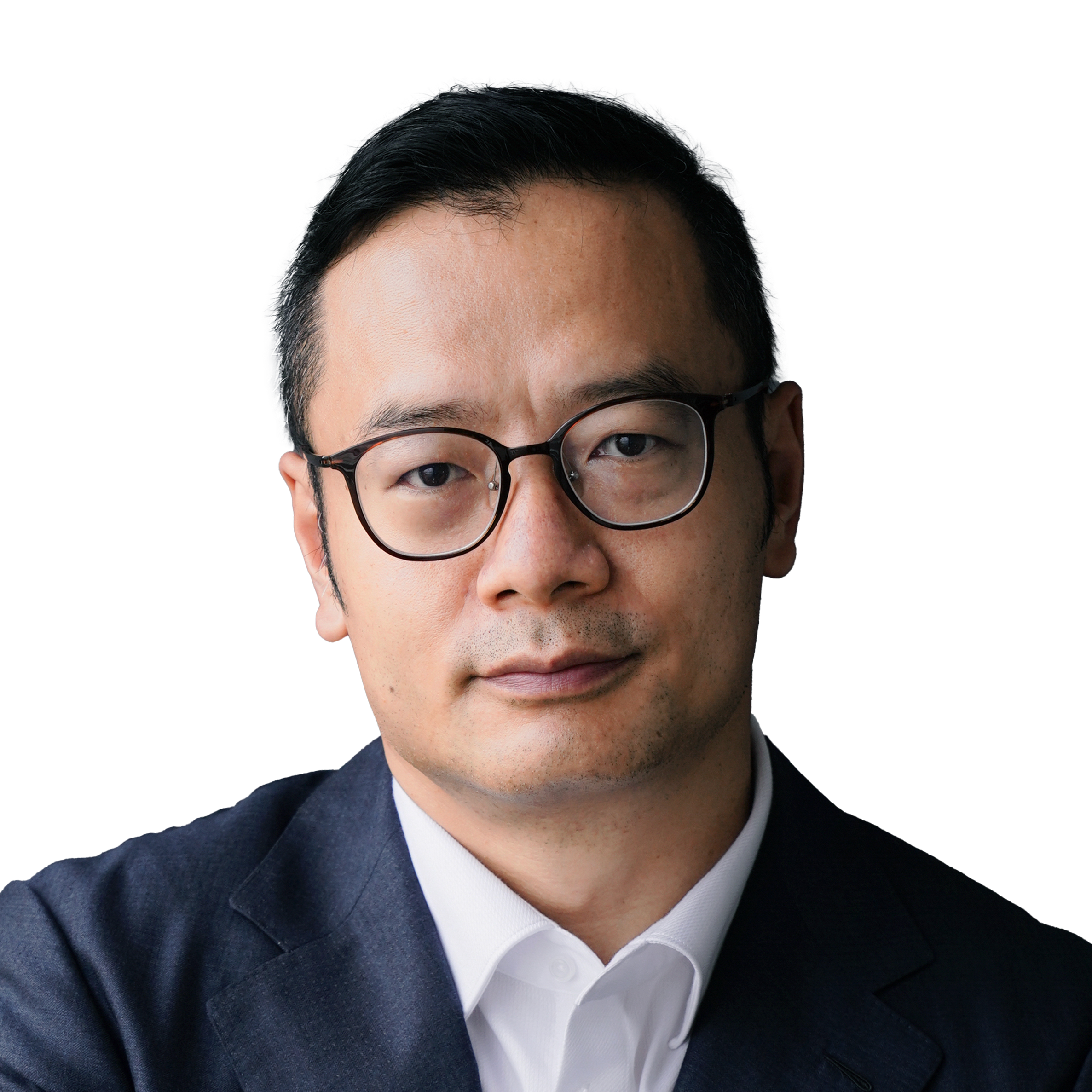-
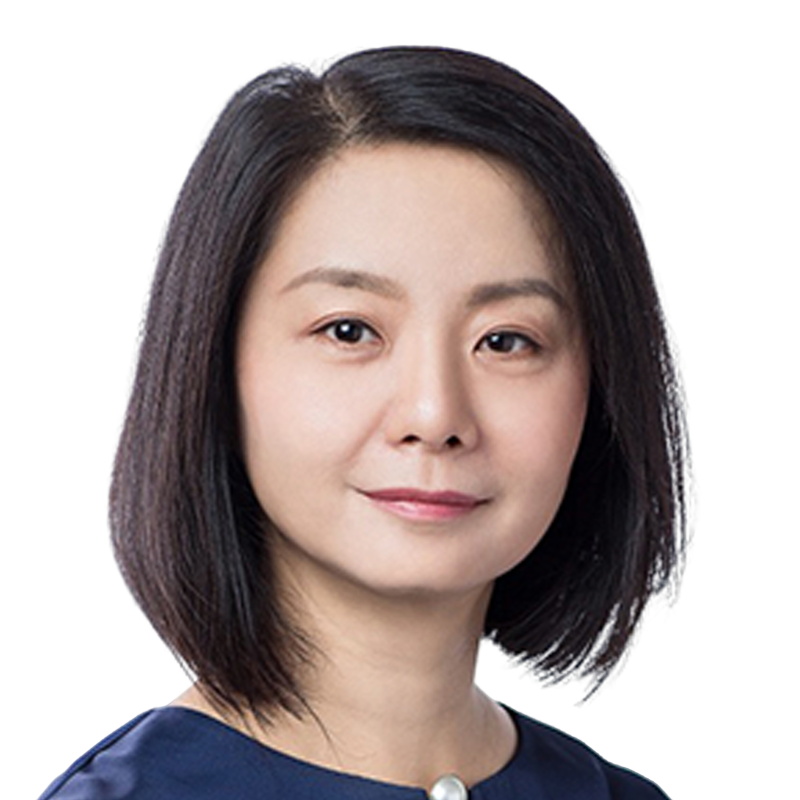 Mao Yumin
Huawei
Director of UCD and TSC at Huawei 2012 Labs
Mao Yumin
Huawei
Director of UCD and TSC at Huawei 2012 Labs
She holds a University of Science and Technology of China degree in communications and electronic systems from the Department of Electrical Engineering and information science. She is currently the Director of the UCD and translation centre of the Huawei 2012 laboratory and the Director of the sub-committee on Experience Design of the Huawei 2012 laboratory. She is responsible for user experience design and the management of the multilingual translation business of the Hong Kong company. She was vice president of software at consumer BG Huawei, head of UX design, and head of technology planning and product management. She has been responsible for UX design management for all consumer products in Huawei and product management, technical planning, marketing and technical collaboration for BG Consumer Software in Huawei. She has made outstanding contributions in research and development, marketing and marketing, and was named the “Blue Blood Ten” by Huawei Companies.
Huawei Design under the New Industry Changes
With the advent of the intelligent era, Huawei, as a world leading ICT (information and communication) infrastructure and intelligent terminal provider, is also facing the challenges of social change, industrial upgrading and transformation. In this sharing, the presenter will discuss the thinking and practice of Huawei's experience design team based on the current era background.
First of all, in the case of cross-regional, multi-product, massive pages, how to create a consistent, high quality, high efficiency, landing restoration effect of the design solution, is an imminent proposition. In this chapter, the presenter will introduce the design experience of building Huawei's design system H-Design: The engineering capability of reusable design components ensures the consistency of experience design; The process of creating high-quality design through the experience of Huawei technology affinity and Huawei digital twin; As well as through front-end code development components, digital twin visual tools to ensure that the design is restored to the ground.
Secondly, with the enhancement of large model capabilities and the gradual addition of AI features to products, the design objects and design paradigms faced by experience designers are also changing. This chapter will share relevant practices on how Huawei design team builds human-centered human-intelligence interactive experience. Through the sharing of solutions in the financial industry, we can learn the design experience and story of how designers can use the ability of large models; Through the design case that the driving intention of automatic driving can be perceived, we can learn the logical thinking process of how to build mutual trust between people and cars. As well as Huawei's HAIX white paper on human-intelligent interaction design principles, this white paper can systematically guide the design process of an intelligent product.
Finally, in the context of the generalization of AI capabilities and the expected rapid evolution and rapid invoking of AI capabilities, Huawei's design team has practical experience on how to use AI capabilities to build products, so as to stimulate inspiration and improve designers' design efficiency, including the construction of data flywheel with design data and the construction of design knowledge graph. The instrumental application of AI-assisted design, and the identity positioning of designers under the wave of AI and other thinking propositions.
1、Understand the engineering of design assets in design systems, the construction of high-quality design systems, and the experience of implementation and restoration
2、Understand Huawei's financial solutions and design experience in AI based products for autonomous driving
3、Understanding Huawei's human centered design principles for intelligent interaction experience
4、Get the design team how to build AI-enabled design method, improve team creativity and design efficiency
-
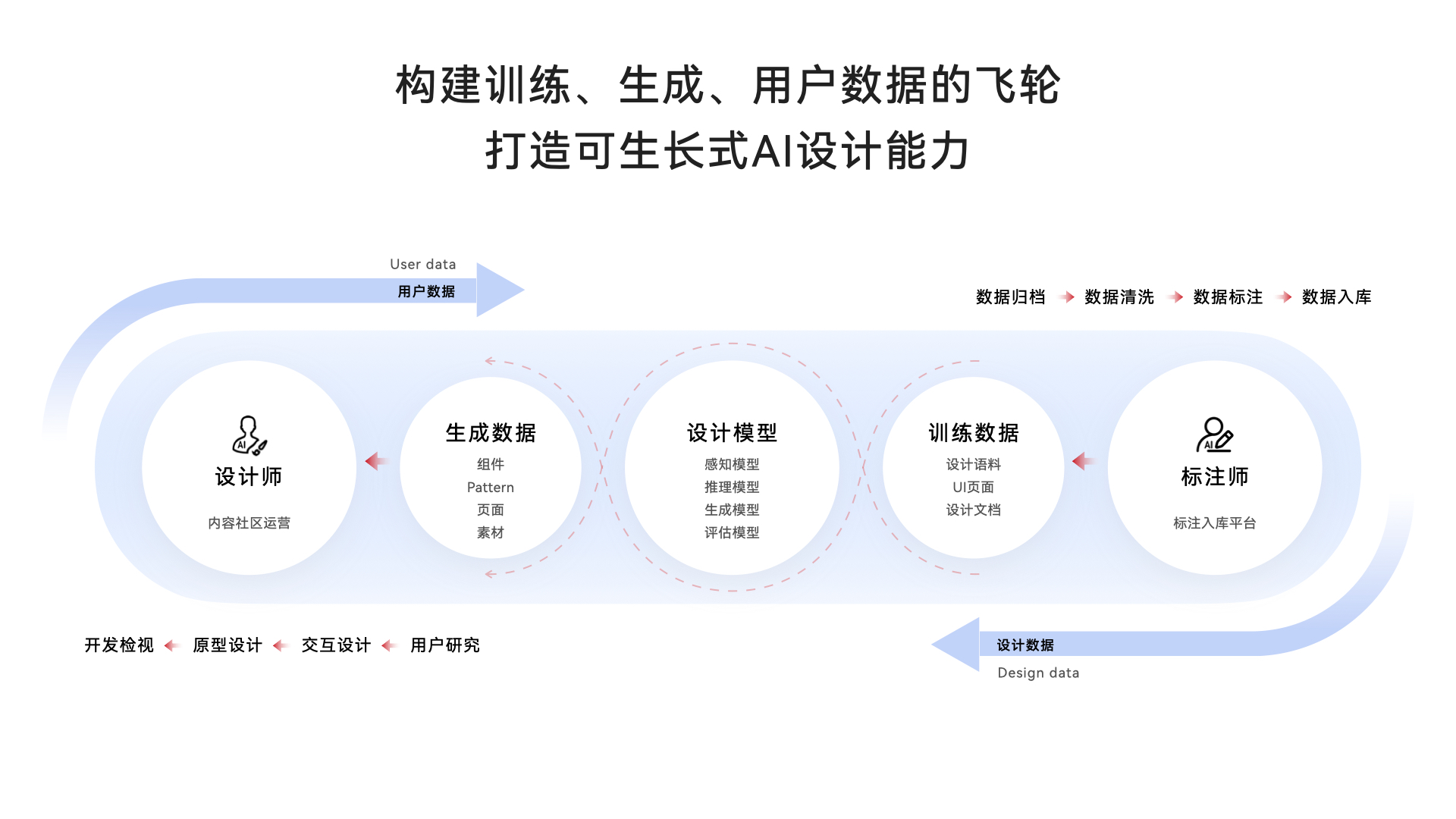 AI aided design data flywheel
AI aided design data flywheel
-
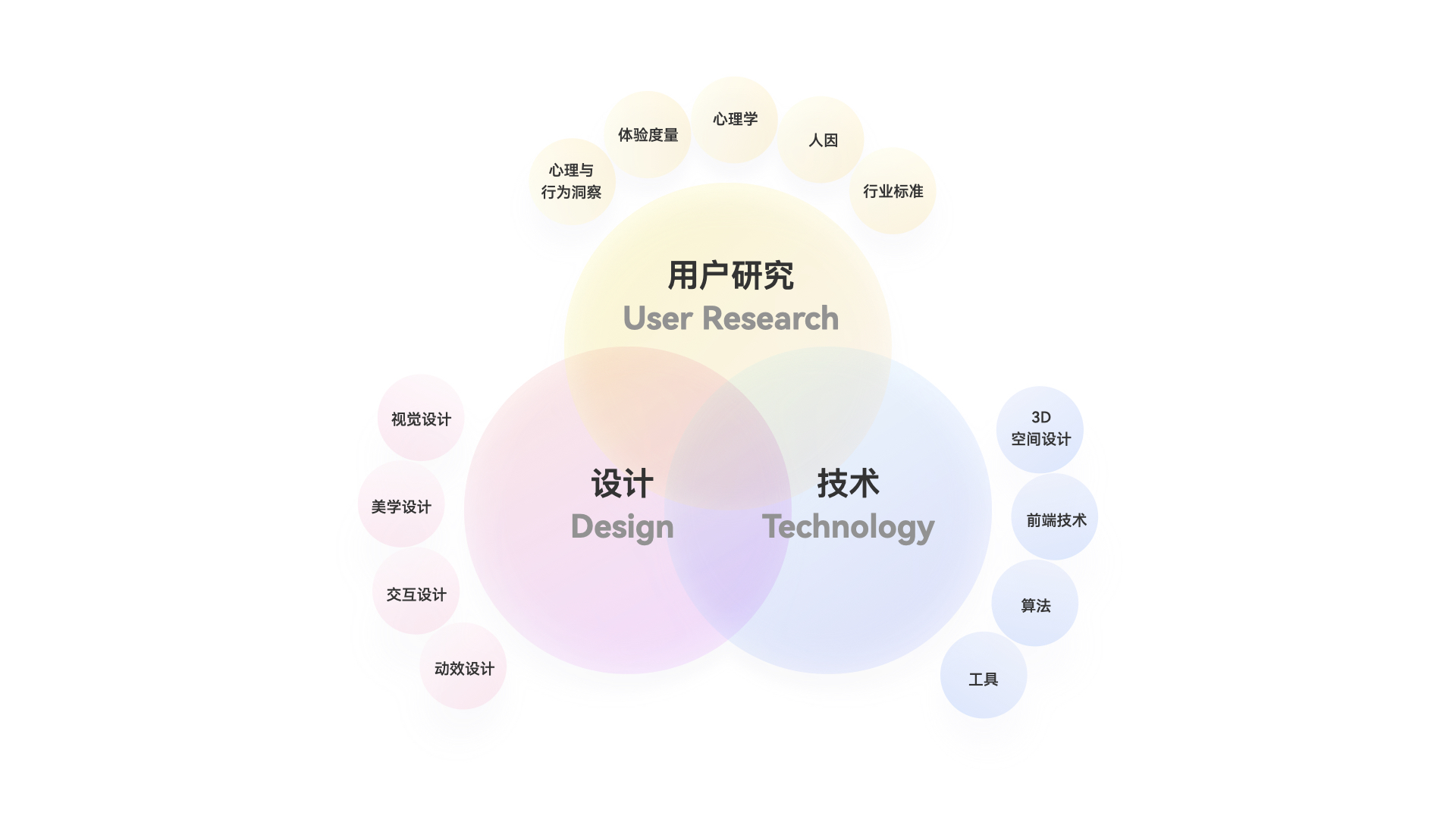 Cross-disciplinary team capacity building
Cross-disciplinary team capacity building
-
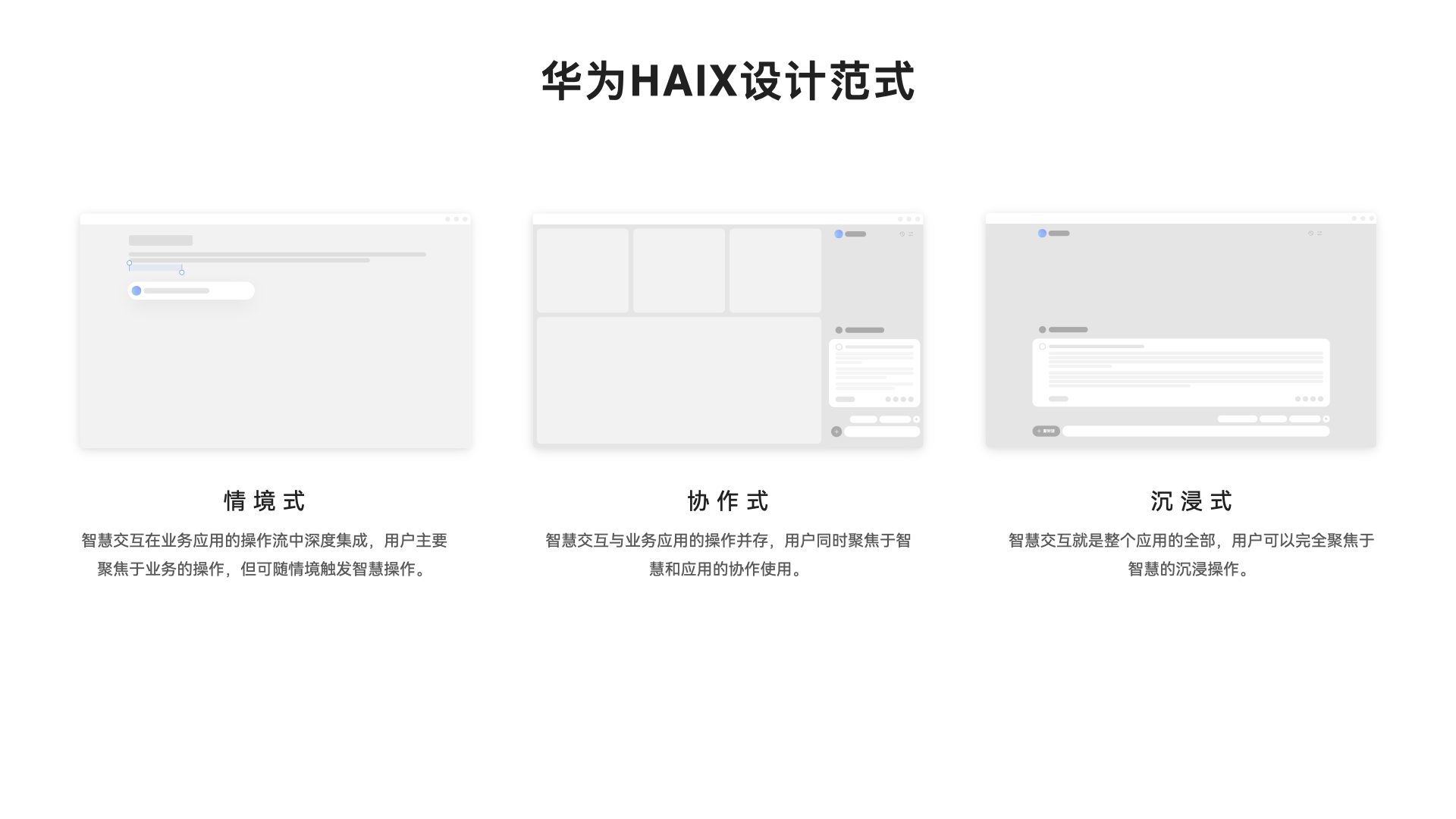 Huawei HAIX Design Paradigm
Huawei HAIX Design Paradigm
-
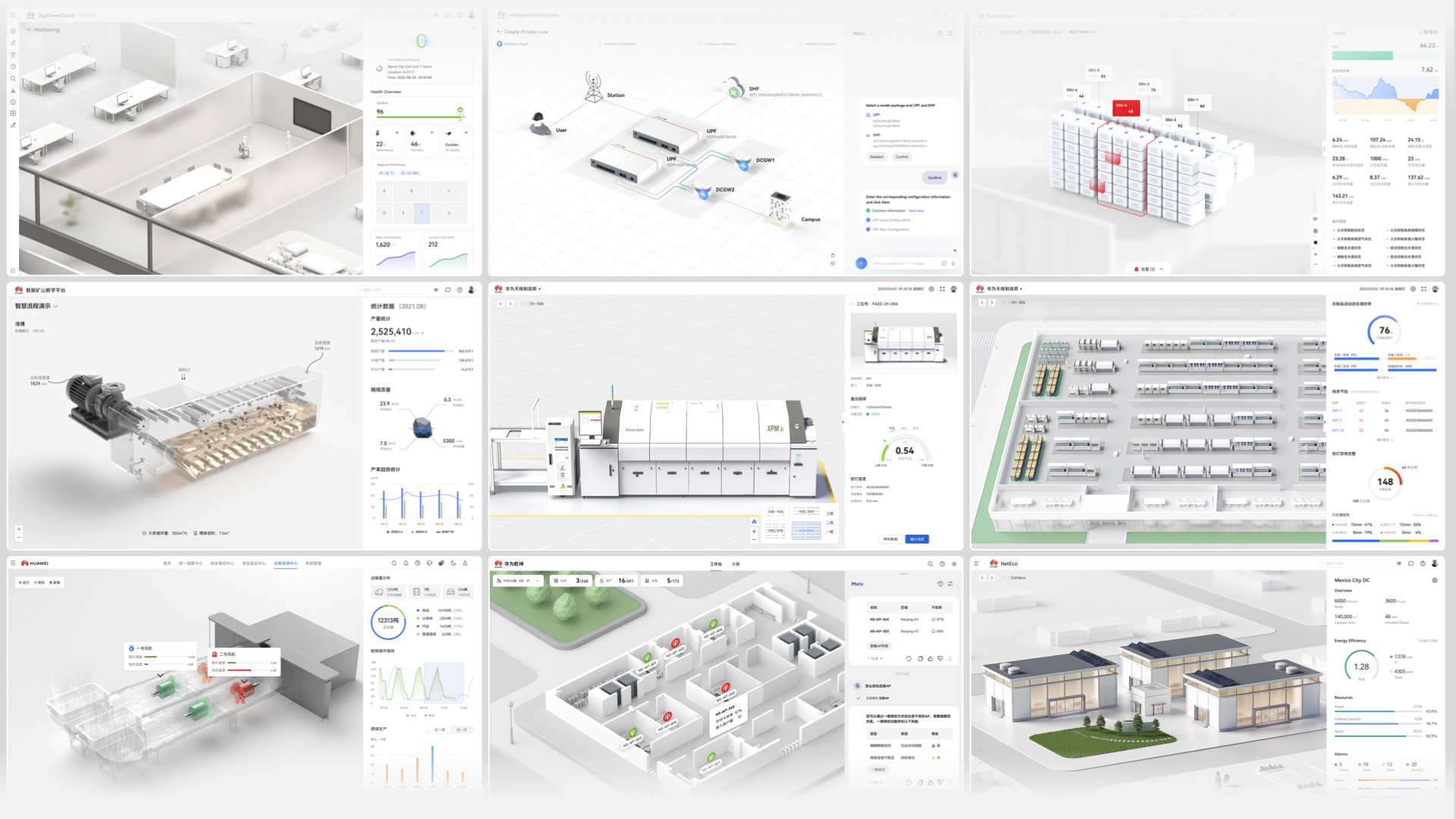 High quality digital twinning
High quality digital twinning

